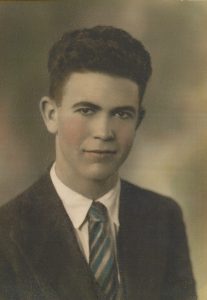 We all have one – the favorite relative. And after all this time as a genealogist, I would love to talk to a sociologist or psychiatrist about our inclination towards a certain person. Does it tell us something about ourselves? Do we see ourselves in one ancestor and not another? For me, I often obsessively research those ancestors I have deemed great, resilient people. I often wonder how my ancestors survived – how could someone raise 15 children in the eighteenth century? How could someone forgive their mother after abandoning them in Ireland to move to New York City? How do parents go on after losing a child? Continue reading A favorite relative
We all have one – the favorite relative. And after all this time as a genealogist, I would love to talk to a sociologist or psychiatrist about our inclination towards a certain person. Does it tell us something about ourselves? Do we see ourselves in one ancestor and not another? For me, I often obsessively research those ancestors I have deemed great, resilient people. I often wonder how my ancestors survived – how could someone raise 15 children in the eighteenth century? How could someone forgive their mother after abandoning them in Ireland to move to New York City? How do parents go on after losing a child? Continue reading A favorite relative
Category Archives: Research Methods
A Midwestern femme fatale

We have a tendency to envision our ancestors as upstanding members of society. In some cases, they were. In others, they were anything but. I first stumbled across Belle Gunness while researching the Midwestern ancestry of a client, and I’ve been disgusted and oddly intrigued by her ever since.
Belle Poulsdatter was born circa 1860 in Norway. She emigrated to America and settled in Chicago, Illinois, where she married Mads Anton Sorenson in 1884. The couple had several children, two of whom died under unusual circumstances.[1] Then, Mads Sorenson died suddenly on 30 July 1900. Continue reading A Midwestern femme fatale
‘My ancestor the Indian Princess’
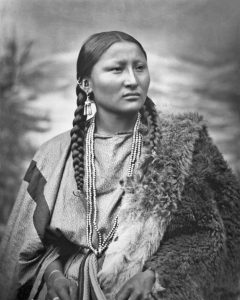
Many of us have family lore about an elusive Native ancestor somewhere far back on our family tree. Over the past year in Research Services we have received about a dozen formal requests to search for a Native ancestor and other inquiries over the phone. Often these requests are based on stories passed down through the generations or when DNA results display some Native American ancestry in an autosomal test.
As someone with a background in American Indian studies who has worked with Native nations in both New York and Arizona, I often struggle with how to respond to these inquiries in a meaningful way that is both respectful of living Native communities and to the individuals seeking information on whether or not their ancestors were a part of that history. Continue reading ‘My ancestor the Indian Princess’
Are we having fun yet?
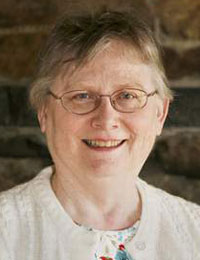 I am definitely regretting getting into the “ladies” sketches for the Early New England Families Study Project. While working on the sketch for William Lord of Saybrook, Connecticut, who had fifteen children by two wives, I recognized that his second wife also had at least one child by her first husband, John Brown of Swansea, which qualifies her for an Early New England Families sketch of her own. Continue reading Are we having fun yet?
I am definitely regretting getting into the “ladies” sketches for the Early New England Families Study Project. While working on the sketch for William Lord of Saybrook, Connecticut, who had fifteen children by two wives, I recognized that his second wife also had at least one child by her first husband, John Brown of Swansea, which qualifies her for an Early New England Families sketch of her own. Continue reading Are we having fun yet?
DNA and your pet
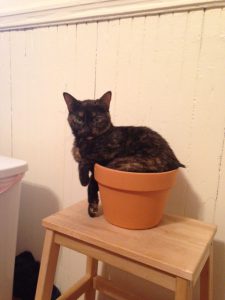
Perhaps you already know this, but out there in the World Wide Web there are many websites devoted to helping people discover their pet’s ancestral DNA.
With the technological advances in DNA testing, humans have started to use it more and more to help understand better where they come from and, especially from a genealogical stand point, to help supplement or sometimes define their ancestral research.
So why not do the same for your pet? Continue reading DNA and your pet
Hunting for a church

While working in the Ask-a-Genealogist questions last week, I found myself looking at questions on where to turn for records to prove the baptisms or residences of ancestors, which are actually rather typical. However, in offering guidance to these individuals, I realized how little the hunt was for the ancestor and how important the hunt for the church or town would be. Continue reading Hunting for a church
Overseas military naturalizations
 For a recent research case, I was trying to locate a naturalization record which had been listed in an index to the Declarations of Intention, U.S. District Court, Southern District of New York 1917-1950, at FamilySearch.org. However, when searching through the actual records, I found that the file number for this record was attached to a record with another person’s name. Continue reading Overseas military naturalizations
For a recent research case, I was trying to locate a naturalization record which had been listed in an index to the Declarations of Intention, U.S. District Court, Southern District of New York 1917-1950, at FamilySearch.org. However, when searching through the actual records, I found that the file number for this record was attached to a record with another person’s name. Continue reading Overseas military naturalizations
Road trips
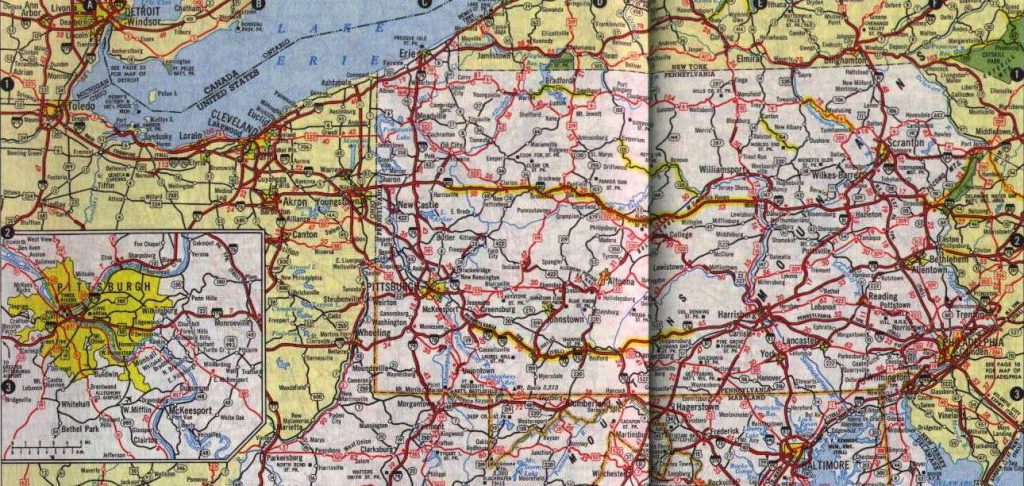 It is summer time and the siren call of the road echoes through my mind: “Come explore! Leave your desk and your clutter. Forget the phone, pack your car and come explore!” When we were children, summer meant road trips to far off and “exotic” places such as Nova Scotia, Prince Edward Island, and Quebec. One memorable summer we took a four-week camping trip across the country from Washington, D.C., to the Colorado Rockies to explore the old Moffat Railroad over the Continental Divide. Four squirming children and two adults crammed into a Dodge Sedan towing a trailer with the tent and other camping gear (no pop-up camper for our family). Continue reading Road trips
It is summer time and the siren call of the road echoes through my mind: “Come explore! Leave your desk and your clutter. Forget the phone, pack your car and come explore!” When we were children, summer meant road trips to far off and “exotic” places such as Nova Scotia, Prince Edward Island, and Quebec. One memorable summer we took a four-week camping trip across the country from Washington, D.C., to the Colorado Rockies to explore the old Moffat Railroad over the Continental Divide. Four squirming children and two adults crammed into a Dodge Sedan towing a trailer with the tent and other camping gear (no pop-up camper for our family). Continue reading Road trips
Massachusetts towns
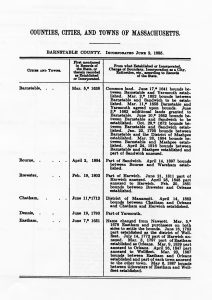 There are any number of reference books with information about when and how the towns of Massachusetts were incorporated. One is Historical Data Relating to Counties, Cities, and Towns in Massachusetts, by Paul Guzzi, Secretary of the Commonwealth, published in 1975. My copy is well worn and loved, but at the moment it is hiding from me (I know that all the books come out at night and move themselves around). Since I am trying to compose an article about the settlement of Cape Cod and really need the resource, I turned to the Internet to find an online copy. The 1975 book is not available as an ebook, but the earlier edition, published in 1920, is available for download.[1] Continue reading Massachusetts towns
There are any number of reference books with information about when and how the towns of Massachusetts were incorporated. One is Historical Data Relating to Counties, Cities, and Towns in Massachusetts, by Paul Guzzi, Secretary of the Commonwealth, published in 1975. My copy is well worn and loved, but at the moment it is hiding from me (I know that all the books come out at night and move themselves around). Since I am trying to compose an article about the settlement of Cape Cod and really need the resource, I turned to the Internet to find an online copy. The 1975 book is not available as an ebook, but the earlier edition, published in 1920, is available for download.[1] Continue reading Massachusetts towns
ICYMI: King Richard III’s Matrilineal Kin
[Editor’s note: This blog post originally appeared in Vita Brevis on 1 April 2015.]
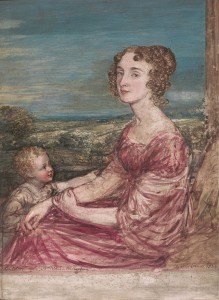
News of King Richard III’s reburial last week was interesting, especially the stories regarding descendants of the King’s sister, who each placed a white rose (the House of York’s emblem) on his coffin. These four living relatives (Canadian siblings Michael, Jeff, and Leslie Ibsen, and Australian-born Wendy Duldig) have been called Richard’s “closest descendants” in various news articles. Let’s examine this claim.
Millions of living people—including both the Queen and the Duchess of Cambridge—share about this same degree of kinship to Richard III: descent from one of his siblings. (The Queen and Kate both descend from Richard’s brother Edward IV.) The Ibsens and Wendy share matrilineal (all-female) descent from Richard’s sister Anne of York (d. 1476). Continue reading ICYMI: King Richard III’s Matrilineal Kin